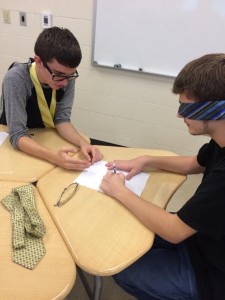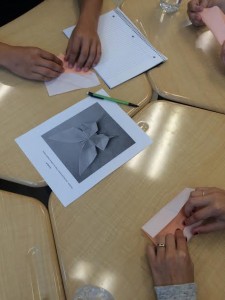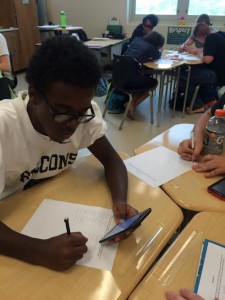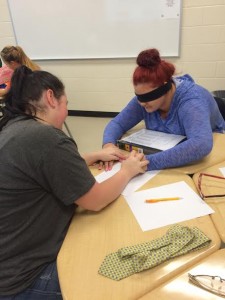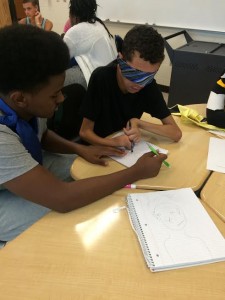Guess what? This book doesn’t exist.
FIRST:
I skimmed through my inbox, clicking “delete, delete, delete” in response to the various emails flooding my mailbox. Adobe Creative Cloud…Quizlet…Newsela Daily. I paused on a forwarded email from my head principal. It was from Ohio Dominican University: “ODU CCP teacher credentialing app and grant.” Well, I had not considered pursuing a second master’s degree, but the price was right and our high school was looking to add CCP English classes. “Why not?” I thought. As a lifelong learner, I am always looking for new challenges to keep myself current and relevant in my teaching practice. I turned in the necessary paperwork and application. Soon, I was a college student- again!
That was two years ago. I think about that email and the journey it initiated. It had been ten years since I completed a degree at Ashland and decades since my undergrad. What started off as a goal to earn CCP certification turned in to a full-fledged Master of Arts in English. Why? My time constraints as a full-time high school English teacher, part-time YMCA employee and single mother did not leave much room for a new endeavor. However, I found myself in love with being a student again. I was reading and discussing challenging literature, pushing myself to complete research and write lengthy analyses. My professors and colleagues engaged me in serious thought and my feeling of accomplishment grew for each class I completed.
THEN:
As I neared the end of this journey, I found myself at a crossroads in my career. After twenty-one years of teaching ELA in a general education setting, I made the decision to move to the district’s career academy. In my new role, I wanted to make literature relevant, practical and engaging for my new students, who have chosen one of seventeen career technical pathways. I decided for my capstone to research career technical pedagogy and develop lesson plans integrating literature in a career technical English classroom.
I wanted to develop lessons that would engage my students and make my ELA classroom relevant to their chosen pathway, whether vocational or college. I researched the history of career technical education reforms and found there is a need to raise academic standards, diminishing the distinction between career-bound and college-bound students.
AND THEN:
I found that I was naive in my thinking. I had expected to find a clear answer to my question, how do I teach ELA in a career-technical setting? Instead, I found that quality teaching is quality teaching, no matter where it occurs, and all students need and deserve rigor, whether in a traditional high school setting or in a career technical one. Authentic learning is collaborative and relevant, with real-world applications. Students need to be able to use critical thinking skills to solve real problems. Classes must have high standards and expectations for all students, with interventions in place to help students meet the learning goals. Project and problem based learning, as well as integration of technology are tools to help students access rigorous academics and problem solve. Learning should take place in authentic environments, be collaborative and relevant. Teachers should be facilitators.
NOW:
It is my goal to challenge my students with engaging, meaningful lessons that are applicable to their lives- whether career or college, and I will write specifically about individual lessons and ways I do this in future posts. Stay tuned!
